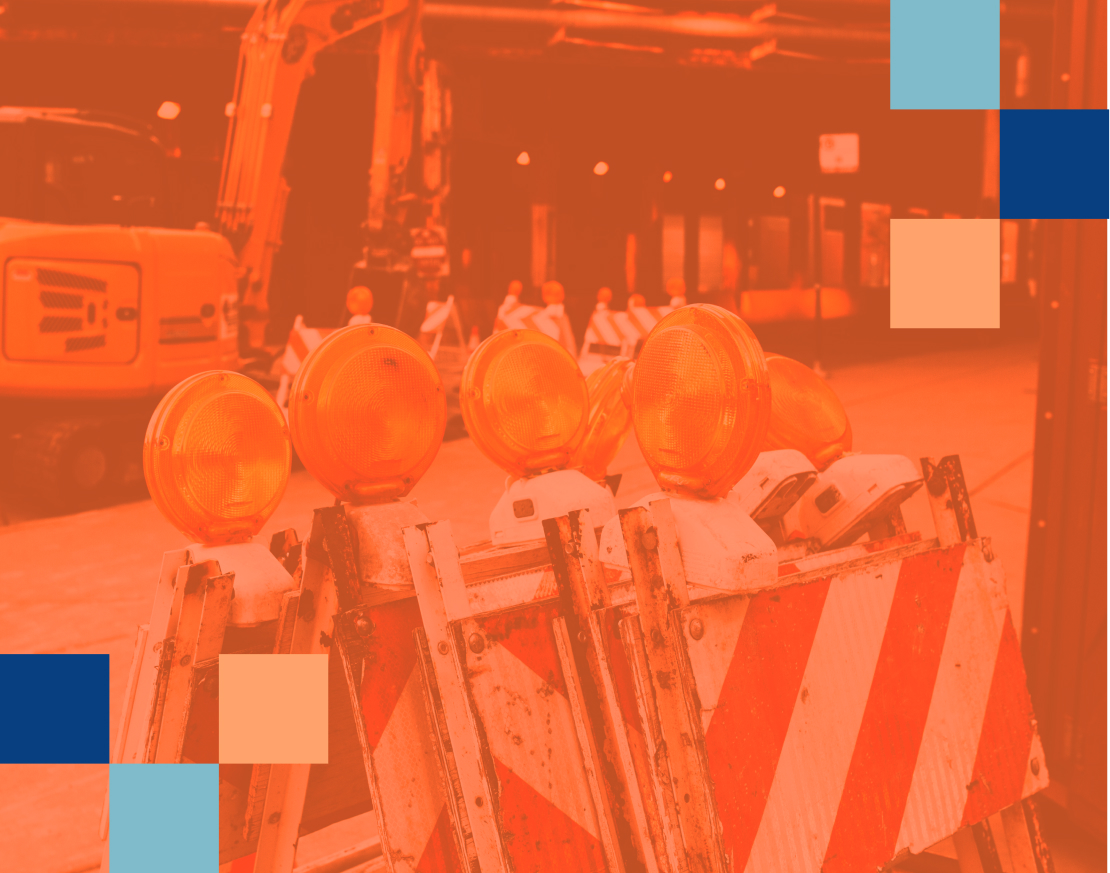Our cities are becoming increasingly more tech-driven, yet digital participation isn’t always growing at the same speed. So, what are the main barriers to participation and how can digital tools help?
According to SmartCitiesWorld research, only 10% of public sector organizations (cities, local authorities, public transport operators, etc.) and 0% of private sector organizations said they were doing “very well” with citizen engagement. Even so, both types of organizations acknowledged the immense worth and importance of community engagement and public participation.
So, if the value of participation is not up for debate, what are the challenges to public participation and how can you get your community more engaged?
Barriers to community engagement
33% fear that the public will demand things they can’t deliver
When launching a community engagement project, managing expectations is vital. Every participation project requires open and transparent communication and the establishment of trust between community members and local administrations. When there is mutual understanding and respect, the two can work together to co-create solutions that benefit everyone.
In Scotland, Stirling Council launched their platform with an option for bottom-up petitions, through which residents could propose ideas directly to the Council. They did so with a plan in place and communicated the process clearly to participants. By doing so, they managed expectations and create structure for productive engagement.

22% fear that not enough people will participate
The most important thing about your digital participation platform is that your community members actually use it. In order to reach as many people as possible, and reflect the diverse opinions and needs of your community, opt for a combination of a few engagement methods, such as: paper surveys, physical booths at areas of high traffic (like grocery stores or parks), a digital community engagement platform, and social media. Make sure that your community members are clear on how to participate, and create a plan to close feedback loops so they see the value in doing so again in the future.
In the United States, the team at the City of Lancaster, PA combined offline and online methods for more equitable community engagement. Giving the public multiple ways to engage – such as through the use of OR codes on posters around the city and by partnering with the housing authority to collect manual surveys which were later uploaded to their digital platform – the platform launched with 13x the participants compared to the “usual suspects” who attend town hall meetings.
17% fear that involving the public is too expensive
Cost is a common argument against community engagement, but is participation really that expensive? Sure, the acquisition and set-up of a digital platform (or an offline participation project) require an initial investment. But, as it turns out, a lack of participation can actually be more expensive. Community engagement helps ensure that policies are made according to your community’s wants, needs, and priorities. And that, in turn, creates more impactful decision-making and funding of projects that truly matter for the community.
In London’s Borough of Newham, collective urban planning included residents in the prioritization of over £4.1 million. By co-creating the future of the city with residents, businesses, and other local stakeholders the city was able to prioritize spending.

75% on the tech gap
As cities focus more on technological innovation and “smarter” tech solutions, their view on the need for community engagement is evolving as well. According to the SmartCitiesWorld study, “3/4 of public sector respondents, and all private sector respondents, said that citizen engagement becomes more important as cities push to become smarter using technology.”
Whether technological innovation raises the need for more participation is up for debate, but what we know for sure is that technological innovations, like artificial intelligence and the surge of NLP (natural language processing), have transformed community engagement projects. Over the last few years, these advancements have made it increasingly easier to process large samples of community input and extract helpful insights.
When the Youth4Climate movement’s Belgian organizers launched their community engagement platform, they were able to collect 1,700 ideas, 2,600 comments, and over 32,000 votes of support for the various proposed ideas. With the help of the platform’s NLP, they were quickly able to distil main categories across all of that input and identify a list of the top 15 movement priorities. This list was then used to guide advocacy for policy change.
Addressing challenges with data
In our digital age, the use of public data and the issues of privacy are sensitive topics. If the public feels their data is being misused, this can prevent them from participating. Coupled with the fact that the public sector’s biggest obstacle to doing more with data is a lack of the necessary skills and tools, there is room for improvement. But if we want to move past the main community engagement barriers, we need data-driven solutions.
The way forward is more transparency and increased trust. When community members have enough information about your engagement efforts and know how their input is (or is not) being used, they’re more likely to participate time and time again. And the best way to break down engagement barriers? Prepare yourself for hard conversations, learn how to practice inclusive engagement, and improve the way you use online solutions for dialogue.
Read more about how to advance your community engagement:






